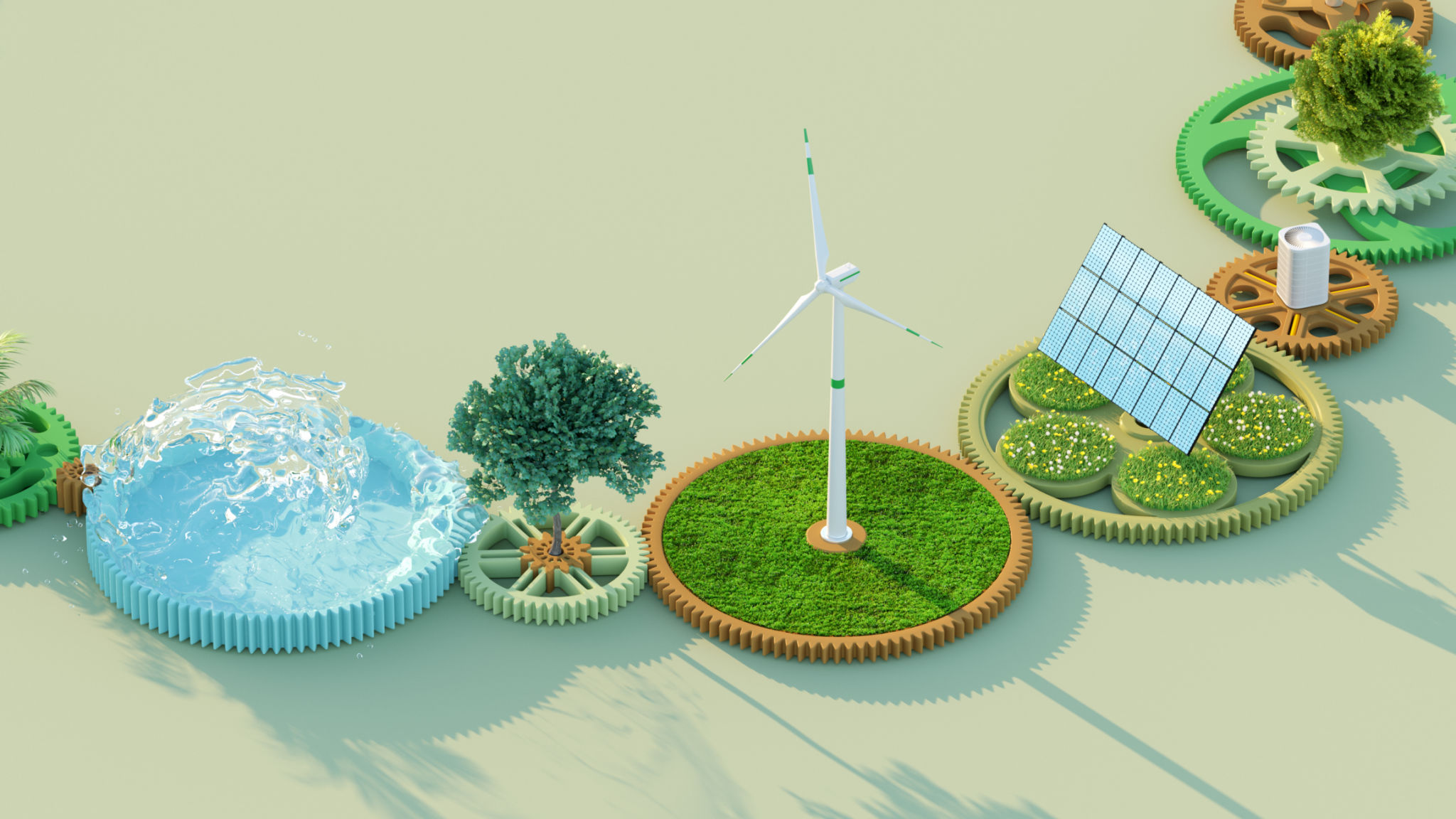Replacing Your Emergency Power Source: Why Waste-to-Electricity is the Future
The Growing Need for Sustainable Power Sources
As the world continues to grapple with the challenges of climate change, the need for sustainable and reliable power sources has never been more critical. Traditional emergency power sources, such as diesel generators, are not only costly but also contribute to environmental degradation. The search for greener alternatives is leading many to explore innovative solutions, with waste-to-electricity emerging as a promising option.

Understanding Waste-to-Electricity
Waste-to-electricity is a process that converts various forms of waste into usable electrical energy. This method addresses two significant environmental issues: waste management and energy production. By utilizing organic waste, municipal solid waste, and even industrial byproducts, waste-to-electricity plants can generate clean energy while reducing landfill dependencies.
This process typically involves several steps, including waste collection, sorting, and conversion through methods like incineration, gasification, or anaerobic digestion. The result is a reliable source of energy that can supplement or even replace traditional emergency power systems.
Benefits of Waste-to-Electricity
Switching to waste-to-electricity as an emergency power source offers numerous advantages:
- Environmental Impact: Reduces greenhouse gas emissions and minimizes landfill waste.
- Cost Efficiency: Potentially lowers long-term operational costs due to reduced fuel consumption.
- Energy Security: Provides a stable and consistent power supply, crucial during emergencies.

Implementation Challenges
Despite its benefits, implementing waste-to-electricity systems is not without challenges. Initial setup costs can be high, and the technology requires significant investment in infrastructure. Additionally, there are technical hurdles related to the efficient sorting and processing of waste materials.
However, advancements in technology and increased governmental support for renewable energy initiatives are helping to overcome these barriers. As more countries recognize the potential of waste-to-electricity, investments in research and development are expected to rise.
The Future of Emergency Power
The transition to waste-to-electricity is not just an environmental imperative but also an economic opportunity. As technology improves and costs decrease, more businesses and communities are likely to adopt this sustainable approach. It represents a future where waste is no longer seen as a problem but as a valuable resource for generating clean energy.

Conclusion: A Sustainable Path Forward
Replacing traditional emergency power sources with waste-to-electricity is a forward-thinking solution that addresses both energy needs and environmental concerns. As we move towards a more sustainable future, embracing innovative technologies like this will be essential. By investing in waste-to-electricity, we can ensure a cleaner, more resilient energy system for generations to come.
